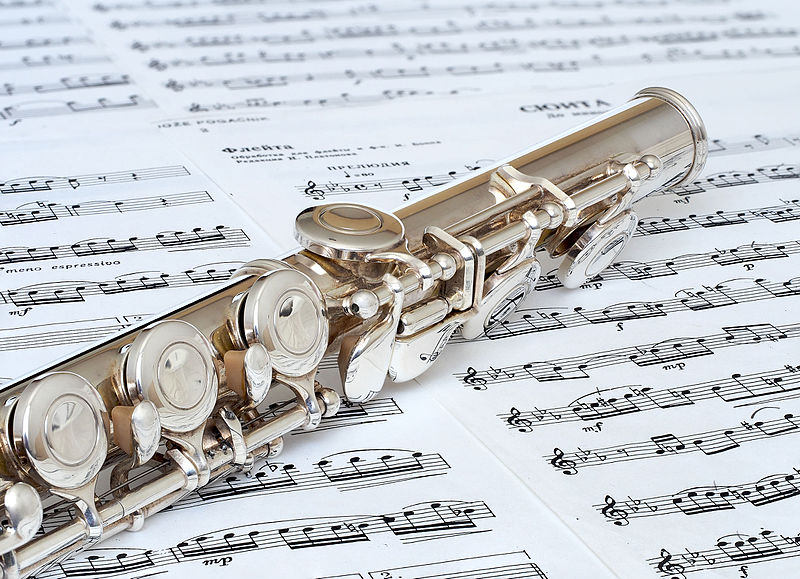Key Difference – Flute vs Piccolo
Flute and piccolo are musical instruments that belong to the woodwind family. They have distinct sounds and ranges, and are often used in symphonies, orchestras, and bands. The main difference between flute and piccolo is their size; piccolos are smaller than flutes and can be described as miniature flutes. Additionally, there are several notable differences in the sound and function of these two instruments.
Key Takeaways
- Flutes are larger than piccolos and have a lower pitch range.
- Piccolos have a higher and unique sound compared to flutes.
- Learning to play the piccolo is easier if you already know how to play the flute.
What are Flutes?
Flutes are instruments in the woodwind family that produce sound from the flow of air across an opening. They are made from a tube with holes that can be stopped by fingers or keys. Flutes are considered to be one of the oldest musical instruments and are a part of both western and eastern music. They can be classified into several broader categories, such as side-blown vs. end-blown. Side-blown instruments or transverse flutes, like western concert flute, piccolo, Indian classical flutes (bansuri and venu), Chinese dizi, etc., are held horizontally when played. End-blown flutes are played by blowing on one end of the flute.
In modern usage, the term flute mainly refers to the western classical flute. This is a transverse instrument made of wood or metal and is used in orchestras, concert bands, military bands, marching bands, etc. Standard flutes are pitched in C and have a range of about three and a half octaves starting from the musical note C4. Flutes’ highest pitch is considered to be C7, although experienced flute players can reach even higher notes.
What are Piccolos?
Piccolos are half the size of a flute. They look like miniature flutes; the name “piccolo” even means “small” in Italian. Piccolos have the same fingering as the standard flute; however, the sound produced is an octave higher than written music. Piccolos are one of the highest pitched instruments ever produced. The lowest note piccolos can play is B4.
Piccolos can be classified into two categories based on the material they are manufactured from: metal piccolos and wooden piccolos. Wooden piccolos have a sweeter sound and more flexibility, and are preferred by advanced players, whereas metal piccolos are often used by marching bands.
What is the difference between Flute and Piccolo?
Comparing flute and piccolo, flutes are side-blown woodwind instruments, while piccolos are a type of flute. A standard concert flute is about 67 cm, whereas a piccolo is about 32 cm. Flute has a range from the musical note C4 upward three and a half octaves, while the sound produced by piccolo is one octave higher than written music. The lowest note flutes can play is C4, and the lowest note piccolos can play is D4. Flute embouchure is typically the mouth size of a normal adult, while piccolo’s embouchure is smaller than the flute’s. It’s generally easier to learn the flute in terms of fingering and intonations, and most players learn the flute first and then move on to learn the piccolo. Flutes are used for most types of music, such as orchestras, symphonies, jazz bands, regular bands, etc., while piccolos are suited for orchestral work and marching bands.
Summary – Flute vs Piccolos
Piccolos are often described as miniature flutes. Although many people assume that the only difference between flute and piccolo is their size, this is not the case. There are many differences between the two instruments in terms of pitch, intonation, range, and function. Piccolos have a higher and unique sound than flutes. However, learning to play the piccolo is not so difficult if you already know how to play the flute.
